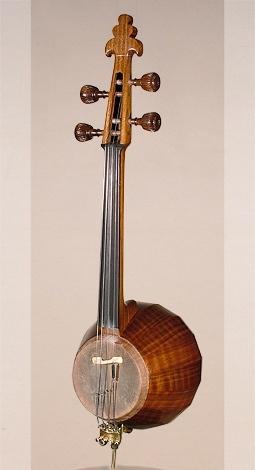
The kamānche or kamāncha (Persian: کمانچه ) is a Persian/Iranian bowed stringed instrument related to the bowed rebab, the historical ancestor of the kamancheh and also to the bowed lira of the Byzantine Empire, ancestor of the European violin family.
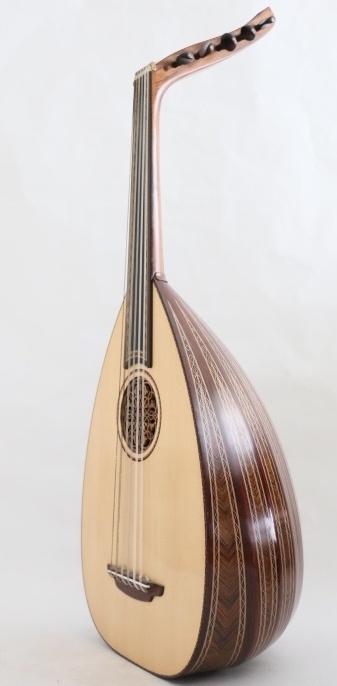
One of the branches of guitar is called Barbados or harper. With the advent and growth of Islam this genuine Iranian musical instrument traveled around the world and is being now used from China up to Italy.

In Persian/Iranian the word "bat" means duck, while "bar" is the duck's breast. Lute is one of the most ancient Iranian instruments. It is called "roud" by the Persians and Arabs call it "oud".
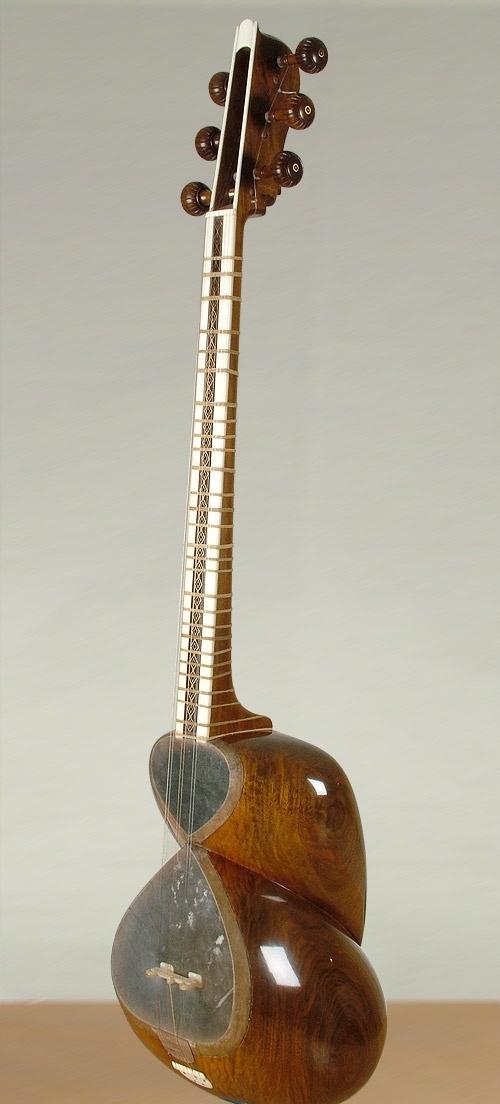
Iranians consider Tar the "sultan of instruments." Its present form was developed in 18th century and has been the choice of Persian classical masters since.
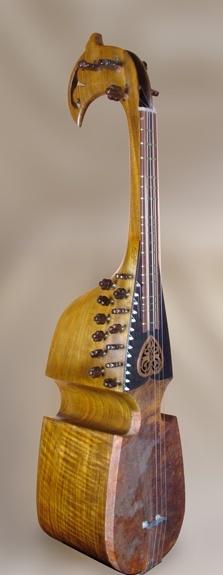
The word rebab (robab) is an Arabic term that can be translated as bowed string instrument. Dating back at least to the 8th century, the Rebab has been closely associated with Islamic culture and is thought to be the earliest ancestor of the contemporary violin.
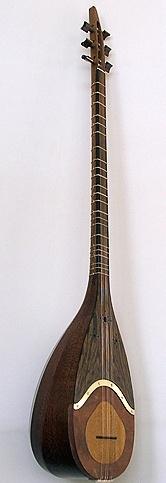
Shourangiz instrument is one of Ustad Ganbarimehr’s innovations. It is a combination of animal skin and wood for the sound board which has been applied to Tar, Tanbour and Barbat. The main character of this combination is of course the volume and mellowness of the instrument sound.
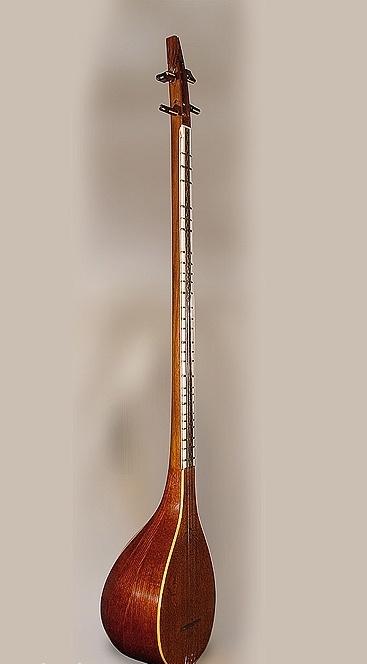
Setar is one of the Iranian plectrum-type string instruments, which is plucked by the player's forefinger's nail. Setar or Setouyeh is a three-cord instrument, which was converted into a four-cord instrument under the reign of the Qajars.
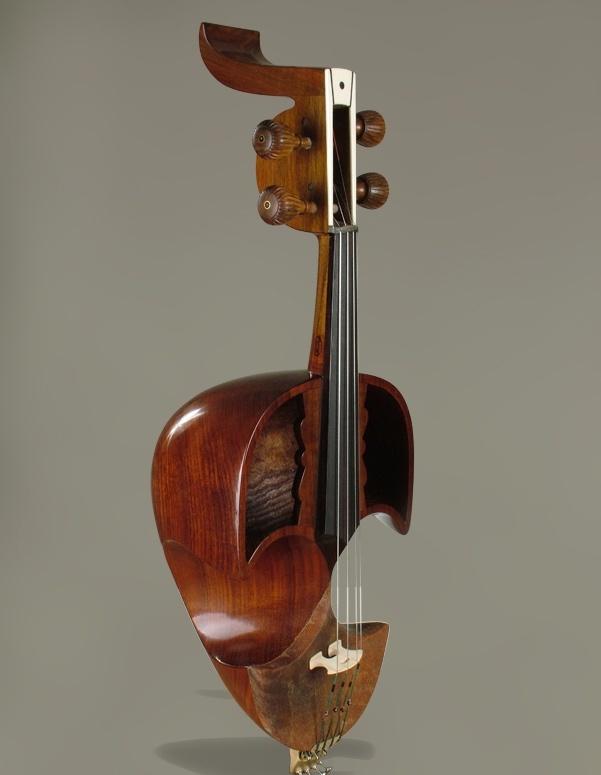
Gheychak is one of the ancient Iranian classical instruments. The oldest sample instrument still remaining is comprised of a dual box and the surface of the lower one is covered by a hide. The produced tune is first transferred from the lower box to the upper one, from where it is broadcast through two wide openings.